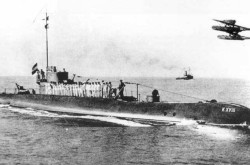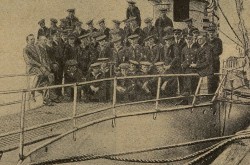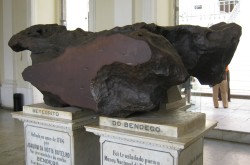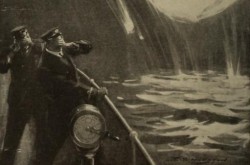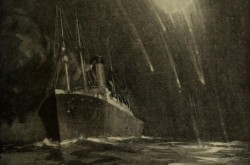Electric vehicles: The rise of the green machine from the 80s to today
In the late 1980s, Canadians began to realize that carbon dioxide emissions, global warming, greenhouse gases, and fossil fuel emissions posed a serious problem. In response, several regional bodies began to introduce environmental policies. To meet targets set in these policies, automobile manufacturers reluctantly began production of electric vehicles (EVs), ushering in the third wave of electric vehicles.
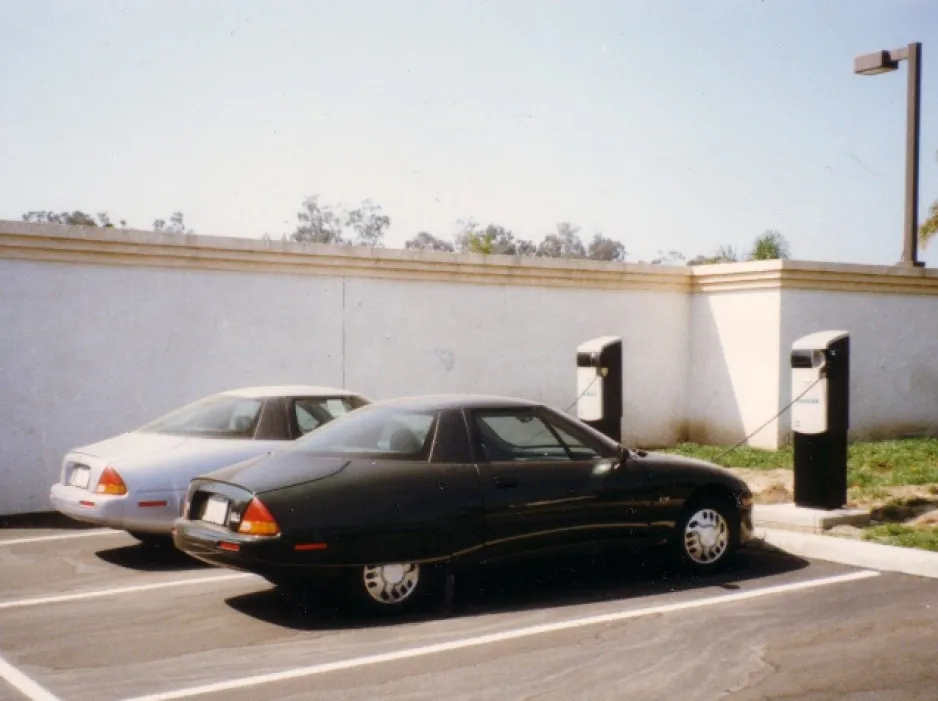
Two cars were actively marketed to meet the demands of a Californian zero-emissions vehicle law. In 1992, Ford released the Ecostar, which ran on a sodium-Sulphur battery and had a travel range of 160 km. In 1996, General Motors released the EV1 which could travel 145 km on a lead-acid battery powered engine.
By 1998, both companies had stopped producing the vehicles due to a lack of public demand. The California Air Resource Board was forced to drop their emissions targets from 10 percent to four percent by 1998, and then from four percent to two percent in 2001. As a result, the California Air Resources Board switched their focus from zero-emissions vehicles to partial-emissions vehicles, better known today as hybrids.
Toyota was the first automobile company to willingly and actively recognize that combustion engines – specifically those that burned fossil fuels – accounted for a large portion of greenhouse gases.
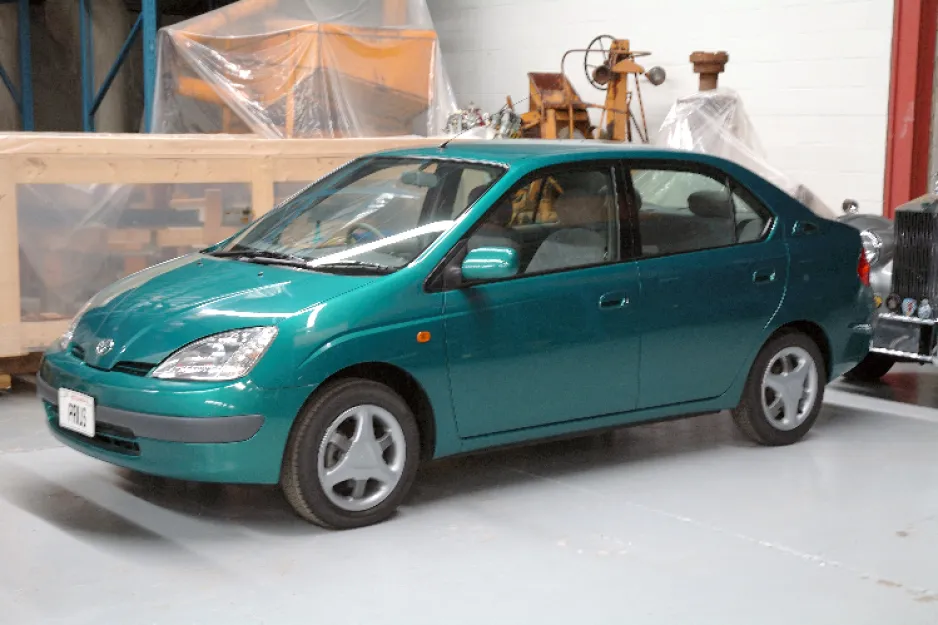
“You asked for it, you got it, Toyota”
Electric and hybrid vehicles had previously been criticized for being too expensive for the average individual to purchase. In 1998, Toyota began to mass produce a hybrid vehicle called the Prius. In doing so, they made the hybrid car affordable to the average consumer and created a large market.
Hybrids like the Prius operate on battery power until the battery is drained, whereupon the gas engine engages. The Prius owner’s manual explains that “the Prius is a new kind of car called a hybrid, combining a sophisticated gasoline engine with a powerful electric motor. The Prius power system is completely self-contained. So, unlike all electric-only vehicles, Prius never needs to be recharged from an outside source” [1].
Due to the Prius’ self-charging function and its mass production, people across the globe found this automobile affordable and convenient. In October 1998, the Toyota Prius was introduced to Canada at the Canada Science and Technology Museum in Ottawa, Ontario. It was very successful, selling 14,000 cars in Canada and 1.7 million world-wide.
Moving Forward
A new player came onto the scene in 2006 with the unveiling of the Tesla Roadster, Tesla’s first electric vehicle, which wouldn’t reach the consumer market until 2008. A battery-electric sports car, the Roadster could travel 393 km on a single range, and while it qualified for many government incentives, the price was prohibitive for many buyers and the vehicle itself was poorly received by critics.
Since that time, Tesla has refined their production and now offers various models at more affordable prices. This, in combination with the growing concern about climate change, has meant that the market for electric vehicles has increased steadily. While there are still many challenges to be faced as production for electric vehicles increases, it seems that electric vehicles are not only part of the past but the future as well.







